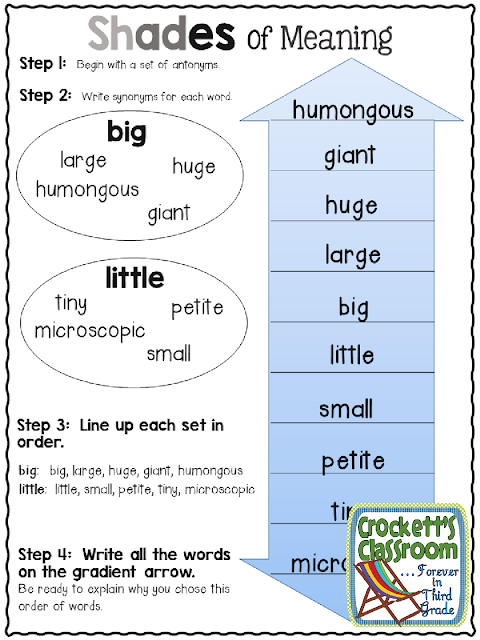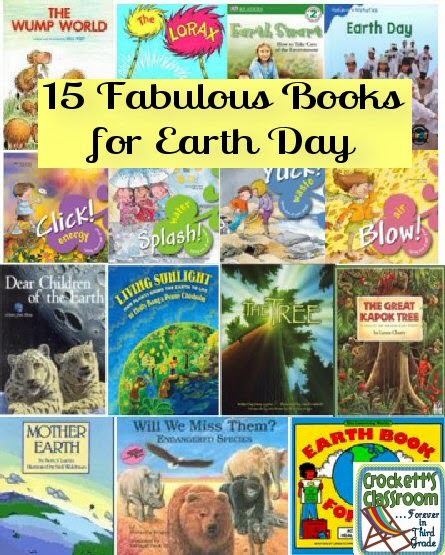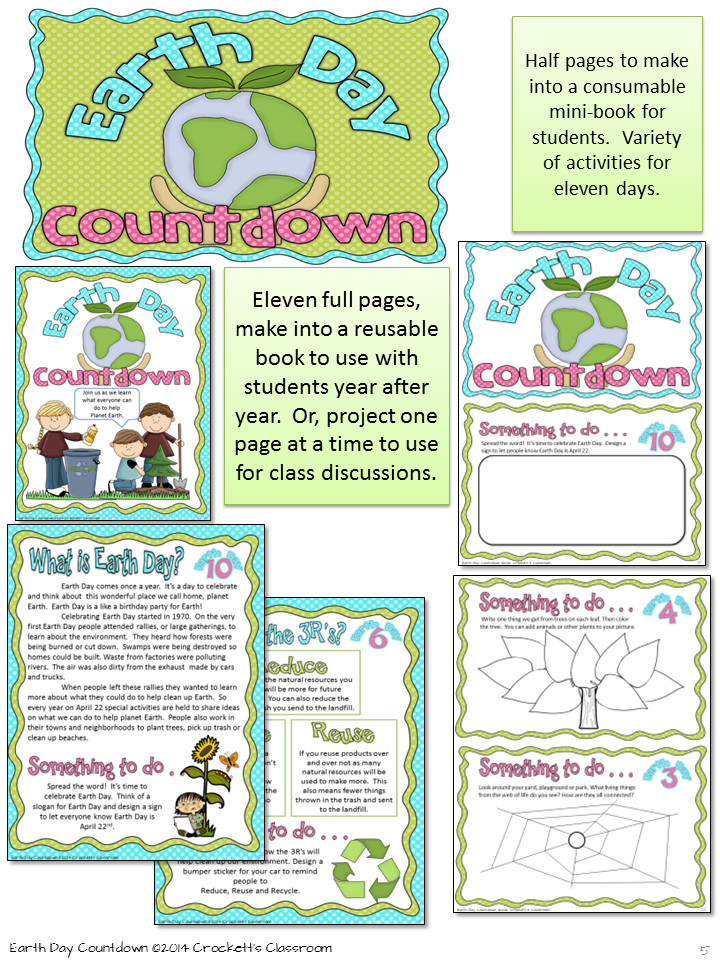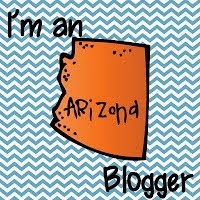When
I first read the Common Core Standards I had never heard of shades of
meaning. Synonyms and antonyms had
always been included in my vocabulary or word study lessons, but semantic
gradients was a new concept.
But
now I see how learning about the subtle differences in word meanings helps
students with their comprehension and also helps them fine-tune their writing.
I
made this simple slide that can be used to explore semantic gradients, or
shades of meaning with reading or writing.
Here how you do it . . .
Reading:
1. Choose a sentence from a story you're reading with or to the class. Here's an example from Because of Winn Dixie by Kate DiCamillo. And that dog came trotting over to me just like he had been doing it his whole life. (p. 10) Write it on the slide, with the focus word on the cut out area.
 2. Now brainstorm with the class other words that mean a way to move. They may come up with a list like this: running, skipping, crawling, racing, jumping, hopping, creeping, strolling, or walking.
2. Now brainstorm with the class other words that mean a way to move. They may come up with a list like this: running, skipping, crawling, racing, jumping, hopping, creeping, strolling, or walking.
3. Choose six of them, along with the original word to write on the paint chip slide. Write them in order from less intense to more intense. Although there isn't just one way to arrange the words, students should be able to explain or justify the order they choose.
4. Now put the paint chip through the slots on the sentence slide. As you slide it through discuss how each word gently changes the tone, or mood of the sentence. Discuss which word they think best expresses what the author is wanting to express in that part of the story. Do they think the author chose the best word? Why or why not.
Writing
-During
the revision step in the writing process students should
be
taking a closer look at the words they've put in their writing
and
deciding if it’s just the right word.
Ask them to choose one
sentence
with a word they might want to change.
Example: Henry ate his lunch under a tree.
-Brainstorm
synonyms for ate;
gobbled, devoured, gulped, nibbled,
munched,
scarfed, inhaled, picked at.
-Choose
six to write on the slide from less intense to more intense.
picked
at, nibbled, munched, ate, gobbled, scarfed, devoured.
There
will not be an absolute right or wrong way to line up the words.
Students
should have time to justify the order they choose.
-Let
the students try out each word to see how it affects the tone of the story.
-Things
to discuss: Which word better expresses
what is going on in that part of the story?
Which word enhances the mood and works for that character and setting?































